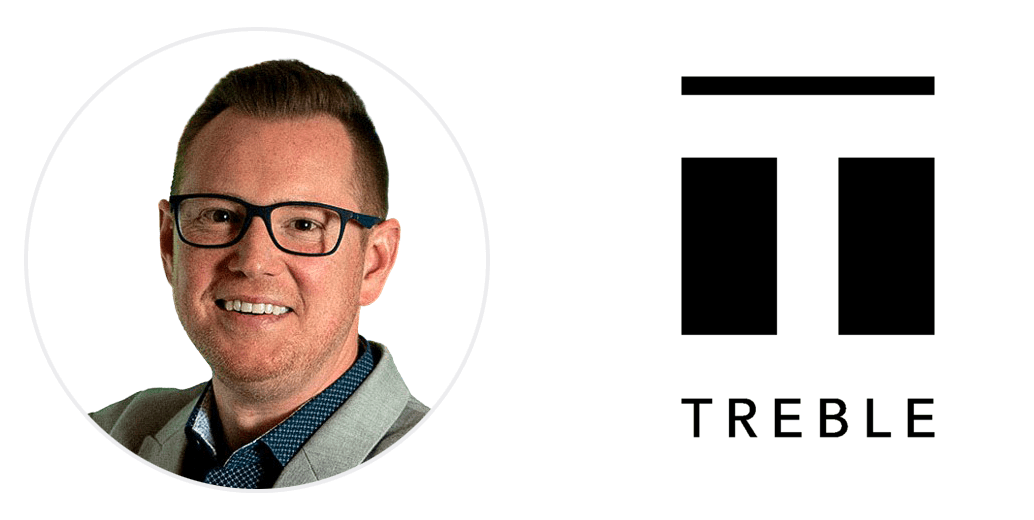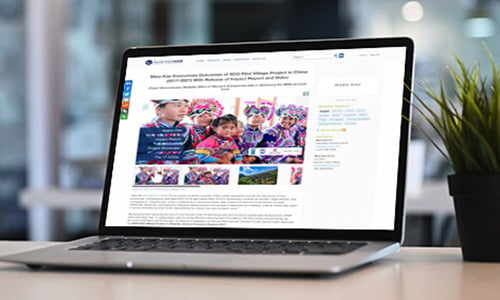Conferences are back in full force, meaning companies must double down on their promotional efforts. Startups and major industry players are making their 2023 appearances at the hottest conferences around the world. According to AMEX, 81% of events were expected to have an in-person element in 2022, and with pandemic woes in the past, this number is expected to increase in 2023. More so, The State of Events 2023 report suggested that 63% of marketers are planning to host in-person events within the next 1-2 years.
Live events are goldmines for public relations objectives and provide a valuable opportunity for coverage. Large conferences like CES and RSA can typically result in dozens of articles and intimate trade shows allow for more one-on-one time with niche reporters. During these busy periods, companies are leveraging media and industry relationships, networking opportunities, and often launching new products all while continuing normal business operations.
A PR strategy dedicated to upcoming events will garner coverage and ensure interactions are monitored and tracked. As company representatives will be involved in valuable on-the-ground media conversations, strategizing and preparing ahead of time help guarantee that your company’s efforts pay off during and after the event.
Establish the Right Metrics and KPIs
Before you start pitching the media on conference activities, determine what success looks like and how it will be measured. Understanding the needs of important stakeholders and customers will guide your PR conference season strategy. Valuable metrics to watch include relevant media coverage, audience reach, share of voice among competitors, and secured interviews.
Learn who from your target audience is attending or will be at a specific event. Then confirm that they are reflected in targeted media lists with journalists and publications for your event. It’s important to create lists well before the conference to grab the attention of busy reporters and to schedule interviews ahead of time.
Also, designate spokespeople for media conversations and reserve specific time slots for interview opportunities. This way your team will have an established goal for the number of interviews to secure and can offer specifics in media outreach that eliminate a substantial amount of back-and-forth emails.
You’ll also need to establish a plan for ongoing reporting during the conference. This will include end-of-day reports on the day’s successes, heads-up reports for the next day’s plans, and briefing documents with talking points and other crucial details to help prepare stakeholders and spokespeople.
As the conference winds down, coordinate with reporters on the next steps of any potential coverage. Be sure to track these reporter follow-ups so that there are no loose threads from interviews. Ultimately, you’ll want to monitor the success of your media outreach in a report that summarizes your efforts, any interviews that took place, coverage results, and what action you’ll take based on these results.
Monitoring the Media
If media coverage is an identified metric, it’s essential to properly measure its cadence and impact throughout your campaign. Sometimes, coverage tracking of major announcements can quickly become overwhelming, so using a media monitoring tool can help keep you organized.
Coverage monitoring allows businesses to stay current on company or executive mentions in print and digital publications, podcasts, and social media. PR teams often track coverage with tools like HubSpot and Muck Rack. These tools track company mentions along with keywords and phrases identified as viable in the campaign. They also help with tracking the sentiment of articles to understand media and audience receptiveness to the announcement and can also uncover articles that get overlooked through free services like Google News.
Competitors will also be preparing for a successful event; any competitor coverage must be identified and acted on. This is where metrics like share of voice become important, so you can quantify the success of your competitor’s campaigns and use that data to inform future strategies. For example, target reporters interested in competitor offerings and tailor pitches to pique their interest. Approach influencers in the same manner: offer them a clear, competitive differentiation of your company within the market.
Social Media Listening
Social media conversations skyrocket during events and become the key form of communication for industry players. These conversations are essential in fostering an open and casual dialogue with followers, establishing an authentic voice, and generating increased brand trust. Staying on top of social media conversations will be vital to understand how your organization’s communications strategy is publicly perceived.
An active social media account is crucial for brands to remain preeminent. While LinkedIn and Twitter are the top platforms to focus on, alternative social media platforms like Discord can also bolster real-time community engagement.
The boilerplate posts for panel and webinar appearances, interviews, and product demos and launches should be planned ahead of time, even though graphics and photos may not be ready until the day-of posting. Mapping these posts into a social media calendar will ensure your company catches everything. There should also be a designated team member on-site to capture photos and videos in real-time and join the viral online conversations that will help drive the brand strategy.
Be sure to note all social media coverage and mentions that may arise as the conference progresses. Social listening tools like Hootsuite, Brandwatch Consumer Intelligence, and SproutSocial can track mentions and analytics across various platforms with precision. Common metrics to monitor are reach, engagement, sentiment, and click-through rate, which should be incorporated into the summary report at the end of the conference.
Making the Most Out of Networking
Attending industry events is a great way to reconnect with colleagues and establish new contacts. With conferences becoming mainstream again, getting back into the swing of planning and managing media attendance can be difficult.
Securing lists of event attendees before a conference will be crucial for pre-pitching efforts and outreach. Conference organizers will often have access to the guest list of reporters that is not publicly available and will share it with attendees.
Due to the busy nature of conferences and reporters’ hectic schedules, not every conversation can be expected to return an immediate feature story or quote about your company. Instead, focus on the value of conferences for exchanging and demonstrating innovative ideas, so this outreach can provide ample opportunity for initial introductions and new connections.
Events outside of the conference itself, such as happy hours and executive sit-down dinners, are easy and effective ways to spark new relationships with media and influencers. Reporters can often be lured with free drinks and food, and the relaxed setting will result in strengthened bonds. Any event that does get planned should be incorporated into media outreach and have a specific goal established for attendance.
PR professionals should also monitor journalist activities, so they can connect with relevant company and customer spokespeople during what’s ultimately a limited timeframe. Networking impact can be measured by tracking earned and social media mentions along with follow-ups and ongoing communications with identified targets. Continuing these conversations after the event will strengthen the relationship between the media and your company.
Putting It All Together
Following the event, compile a comprehensive media outreach and results summary to detail the successes and challenges of various pitching angles. This report allows your company to make informed decisions and further grow opportunistic relationships ahead of future events.
Preparing your company for conference season is no easy feat, but tracking identified goals before, during, and after events can remove some of that burden. The many moving parts that go into an impactful PR strategy for conference attendance and promotion can be made manageable by observing the progress and metrics of every aspect of the strategy. By tracking success through achievable KPIs, monitoring media coverage, leveraging social media and website traffic, and establishing new connections, your company will see growth this conference season.

Matt Grant is a Senior Vice President with Treble Public Relations who prides himself on being an integrated partner to his clients. Matt is a data-driven communications professional, building programs that require the right blend of strategy and execution to drive brand awareness, media coverage, differentiated messaging, demand generation, and sales enablement that directly drive revenue growth.
Get the latest PR, IR, Marketing and Media tips on the Business Wire Blog. Subscribe today!





